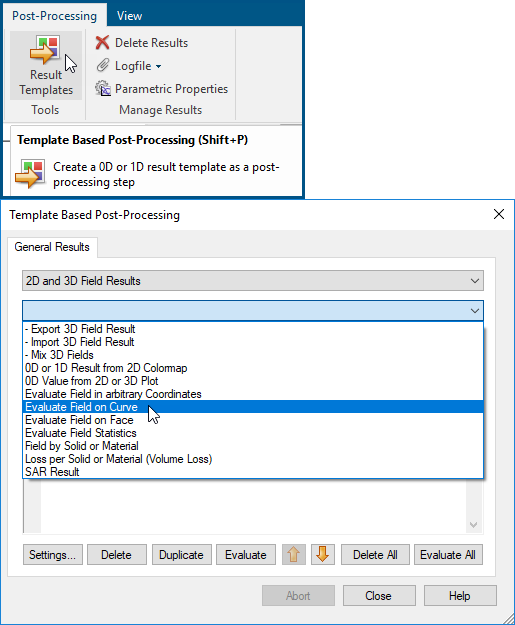


The second approach is based on the Floquet theorem in which different so-called “ Floquet modes” for the desired periodic structures are considered and excited. One is eigenvalue problems for which Eigenmode Solver should be used to obtain standard results such as dispersion diagrams including bandgaps and light line curves. ĬST Studio Suite can tackle the periodic structures using two general approaches. The latter can be used as a potential approach to obtain customized frequency filtering radomes for antenna applications. Metamaterials, artificial magnetic conductors, and Frequency selective surfaces (FSS) are few examples of applications based on periodic structures. Periodic structures often exhibit interesting electromagnetic behaviors. I will discuss the workflow that brings us from an individual element to the finite array as well as suitable approaches to simulate them. Change the boundary conditions on the faces that used to have the ports to Periodic.The efficient simulation of periodic structures and their application in radome design are the focal points of today’s blog. The way one specifies the propagation constant is by using periodic boundary conditions with a Phase Shift. We wish to find frequencies for a range of values of the propagation constant. In the Navigation Tree, right click each port, to bring up the context menu, and select delete. We won’t need the waveguide ports, in fact, they will cause an error, so we well delete them. The Teflon will be modeled as a material with a constant, real-valued, permittivity, of 2.1. frequency dependent) material properties significantly slow computation and complicate the results, so we will use the default solver settings which ignore such properties. The Eigenmode Solver, can find this relationship for multiple bands, but we will look at just the lowest band. This relationship conveys a lot of information, particularly the phase (and group) velocity, and thus the refractive index. How is the agreement now?įrom the Eigenmode Solver we can obtain the dispersion relation, that is the functional relationship between the frequency, ω, and the propagation constant, β. Re-do the graphs, as in 2 above, with the new data. You don’t need to re-run the adaptive meshing, so keep that box unchecked.)ĥ. button in the Boundary Conditions panel.ĭo the same for the other port, then re-run the simulation and export the data. You can check or change these settings by clicking the Open Boundary. The open (add space) boundary assignment has added some background media of thickness equal to one eighth of the wavelength (in the background medium) at the center frequency (12.5 GHz). We will accomplish this by shifting the port reference planes. Now we will fix the problem by de-embedding the simulation S-parameters. Explain why these results do not show agreement between simulation and analytical results. (Make sure you conjugate either the simulation or analytical results so that both use the same time harmonic function convention.) Make a second graph of this type for S 21.Ĥ. On one graph plot the real and imaginary parts of S 11 versus frequency, both from simulation and equation 1 and 2.

What is the significance of the frequencies at which S 11 is a minimum? (Hint: consider the phase advance that a wave undergoes making a round trip inside the Teflon slab.) Do these frequencies agree with the simple formula that describes the condition? (You can use the nominal value of 2.1 for the permittivity of the medium for calculating the wavelength or propagation constant.)ģ. Now lets see if the simulation and analytical results agree in phase as well as magnitude.Ģ.


 0 kommentar(er)
0 kommentar(er)
